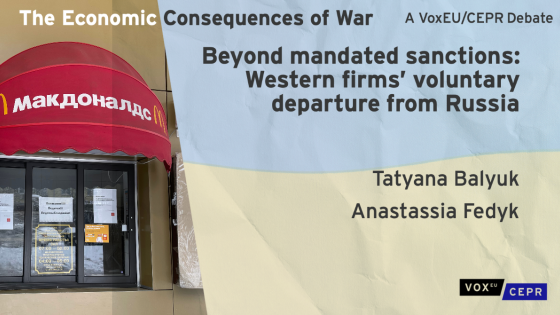DP2229 The Credit Squeeze During Russia’s Early Transition: A Bank-Based View
Russia’s early transition is characterised by one of the most dramatic credit expansions and inflation experiences in recent history. As a consequence, Russia has been involved in a protracted inflation stabilisation effort. This paper addresses the question whether the inflation stabilisation might have caused a credit squeeze and hence might have contributed to the output collapse in the first three years of transition. Russian monetary policy was certainly not restrictive as a whole, but still the occurrence of a credit crunch is not excluded. Indeed, the lending channel of monetary policy transmission might have caused a credit crunch in Russia. To analyse Russia’s monetary stance from the point of view of the lending channel, we perform an empirical analysis of Russian bank liquidity in 1994 on the basis of bank data. The paper concludes that the huge excess reserves of Russian banks in 1994 were at least partially due to excess liquidity in the banking system. This means that banks preferred to hold liquidity rather than to grant loans. The hypothesis that the credit crunch is due to the lending channel of monetary policy transmission is therefore rejected. The question why banks preferred to hold excess liquidity deserves further attention. This question is still relevant, because Russian commercial banks have again accumulated excess reserves in 1999 and decreased their lending to the economy, in the aftermath of the banking crisis, triggered by the August-1998 crisis.


